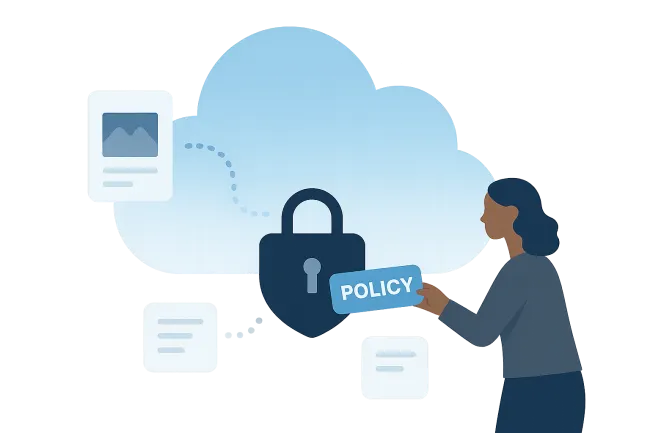Cyber Insurance IT Services
Since 2006, CHR Creative has helped organizations navigate the complexities of cybersecurity and cyber insurance, ensuring that they can recover quickly and effectively in the event of a cyber incident.

Common Cyber Insurance Challenges for Businesses
Organizations face unique challenges when it comes to cyber insurance.
What Happens Next:
Step One
Schedule a Call
We'll start with a quick call to understand your business needs and challenges, ensuring we're the right fit.
Step Two
Get Your Assessment
Together, we'll review your setup, run a diagnostic, and discuss the best approach to reaching your goals.
Step Three
Receive A Customized Plan
We'll deliver a tailored, easy-to-understand plan that aligns with your successful business.
Apply the process, lead with confidence, and watch your business thrive.
-
“I’m not a tech expert. I just needed someone I could trust to guide me through it.”
– Real business owner (and CHR’s next client)
Frequently Asked Questions (FAQs)
Why do I need cyber insurance if I already have cybersecurity measures in place?
Cyber insurance provides financial support in case of a successful cyberattack, covering costs related to data recovery, legal expenses, and potential liability.
How does CHR Creative help organizations find the right cyber insurance policy?
We work with you to assess your specific cyber risks and identify your needs, securing a policy tailored to your organization.
What types of incidents does cyber insurance cover?
Cyber insurance typically covers incidents such as data breaches, cyberattacks, ransomware, and other security incidents that result in data loss, operational disruption, or legal liability.
Can cyber insurance help with the cost of a ransomware attack?
Yes, many cyber insurance policies provide coverage for ransomware attacks, including the cost of data recovery, legal fees, and even ransom payments if necessary.
How can implementing strong cybersecurity measures reduce my cyber insurance premiums?
Insurance providers often assess your risk profile when determining premiums. By implementing strong cybersecurity measures, such as firewalls, encryption, and employee training, you reduce your risk of a cyber incident, which can lead to lower premiums.









